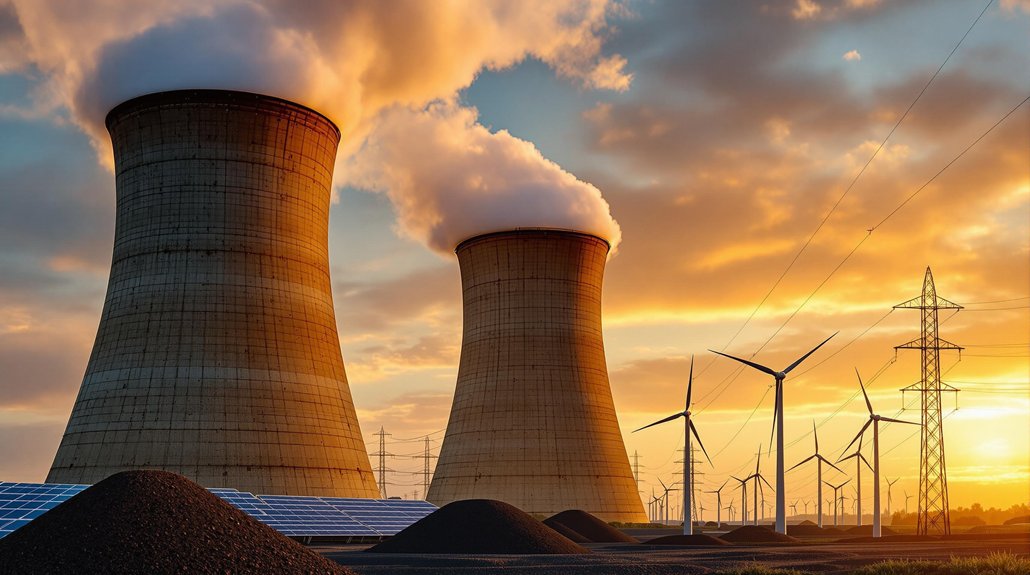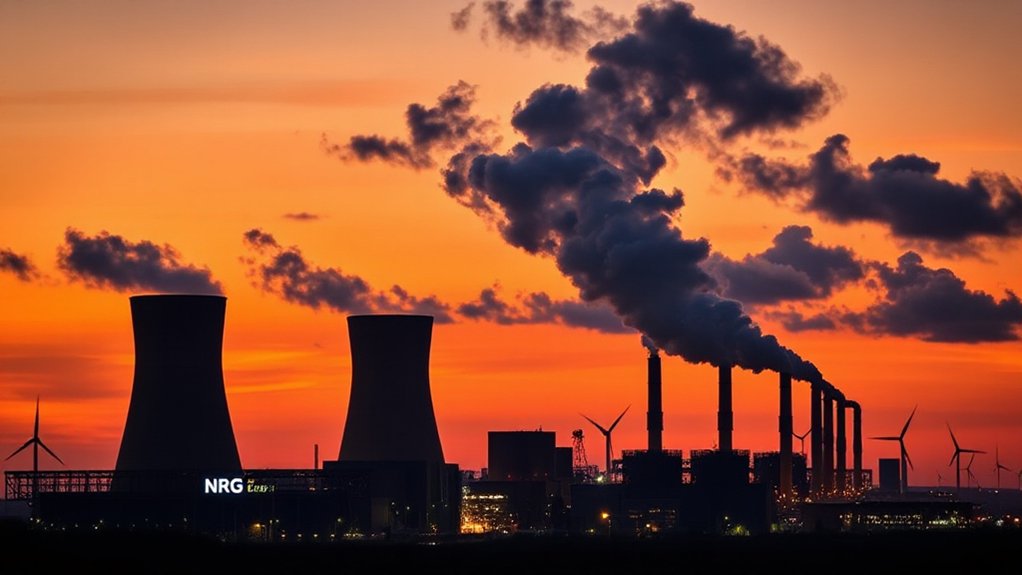Microsoft just struck a massive 389-megawatt solar deal to power its AI operations. Three utility-scale projects in Illinois and Texas will launch later this year, creating 800 construction jobs. Through virtual power purchase agreements, they’re funding solar construction while getting renewable energy credits. Tech giants are scrambling to balance AI’s enormous energy appetite with sustainability promises. Microsoft’s commitment to 100% renewable energy by 2030 seems less like greenwashing when backed by actual megawatts.
Microsoft is flexing its tech muscle in the clean energy space, powering its AI ambitions with a massive solar deal. The tech giant has snagged 389 megawatts of electricity and renewable energy credits through virtual power purchase agreements with EDP Renewables North America. Pretty impressive for a company that started out selling floppy disks, right?
The deal covers nearly all power generation from three new utility-scale projects that went live between November and December 2024. Wolf Run Solar Project contributes 140 MW from Southern Illinois, while nearby Hickory Solar Project adds another 110 MW. Down in Texas, the Cattlemen II Solar Project brings 150 MW to the table. That’s a whole lot of sunshine being converted into computer power.
These virtual power purchase agreements are clever financial instruments. Microsoft isn’t actually getting the electricity directly—that would be too simple. Instead, they’re funding the construction and getting renewable energy credits as a clean energy offset. It’s corporate America’s version of carbon karma.
Corporate climate chess: pay for green power somewhere, claim the eco-credits everywhere.
The timing isn’t random. Microsoft needs serious juice for its expanding AI data centers, which are notorious energy hogs. In March 2025, they tacked on another 475 MW to feed their hungry AI machines. These deals are crucial steps toward Microsoft’s goal of running entirely on renewable energy. Microsoft has ambitiously committed to offset 100% of consumption with clean renewable projects by 2030. Eventually.
Local communities aren’t complaining either. The projects dump millions in tax contributions into local coffers and create jobs. The combined solar developments generated approximately 800 construction jobs across Illinois and Texas while providing $4.8 million to landowners through leasing agreements. There’s even talk of environmental justice initiatives to guarantee everyone gets access to clean air and water. How thoughtful.
This agreement brings Microsoft’s total operational portfolio with EDP Renewables to five projects across the U.S. For a company betting big on artificial intelligence, securing clean energy isn’t just about looking green—it’s about keeping the lights on while training those massive AI models. This move aligns with broader industry trends, as tech giants signed a record 28 GW of clean energy contracts in 2024.
Solar farms today, Skynet tomorrow. But at least it’ll be powered by sunshine.
References
- https://www.energytech.com/renewables/news/55267450/microsoft-virtual-ppa-acquires-389-mw-of-edp-renewables-solar-farms-in-illinois-texas
- https://www.esgtoday.com/microsoft-purchases-389-mw-of-renewable-energy-from-new-u-s-solar-projects-with-edp/
- https://techcrunch.com/2025/03/20/solar-notches-another-win-as-microsoft-adds-475-mw-to-power-its-ai-data-centers/
- https://dig.watch/updates/microsoft-secures-solar-power-deal-with-edp-renewables
- https://esgnews.com/microsoft-expands-clean-energy-portfolio-with-edp-renewables-400-mw-solar-projects/








